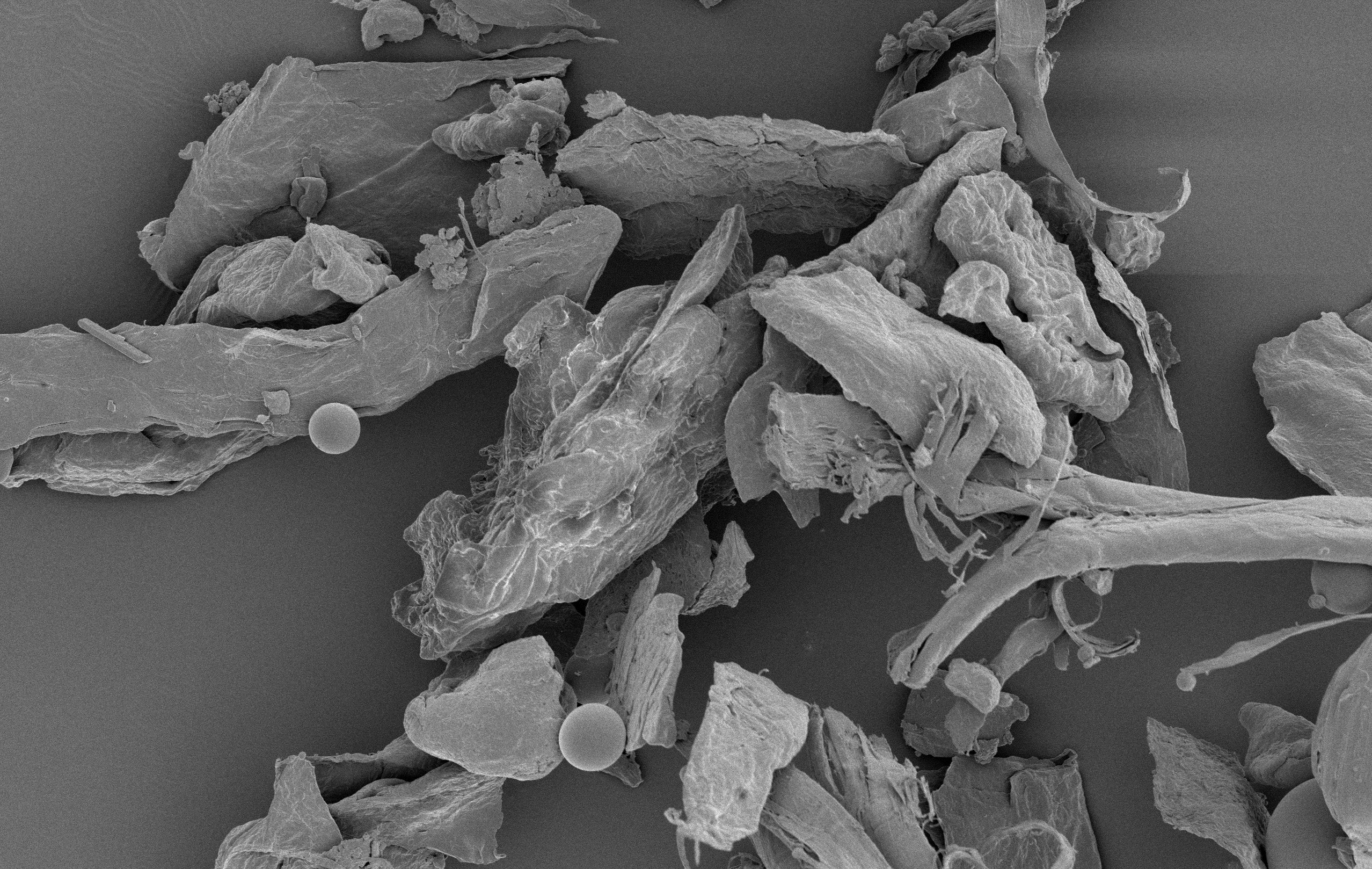What is in Dust?
If you view a dust mote with an electron microscope, you might believe it to be an alien object — a misshapen blob covered with odd flakes and dark empty hollows. You’ll see right away that dust is actually a complicated mixture that depends a lot on where and how you live and work.
The dust you find in any setting comes from both indoor and outdoor sources. About one-third of dust is made up of indoor matter, things like carpet and furniture fibers, food debris, skin flakes, pet dander and bits of insects and bugs. The outdoor two-thirds is soil, mold spores, soot, vehicle exhaust and pollen as well as elements like lead, arsenic, iron and even pesticides that exist in the outside air. Whether you live in a congested city or in the country, whether you work in an office or in a factory, how many people live in your house or work in your building — all these factors alter the composition of your dust.
So how does the outdoor matter end up indoors? Mostly it’s carried in by people, tracked in on shoes or clinging to clothes. Opening doors and windows also allows material to blow in. But how this dusty hodgepodge affects you depends mostly on the particle size.

Smaller particles (less than 5 microns in diameter) are light enough to float in the air and then are breathed into the lungs. Here they penetrate the lungs’ gas exchange barrier. Heavier particles collect on the ground, where they may be transferred to hands and then to mouths. Think of a toddler crawling across the carpet, putting his hands onto his lips. Or maybe you drop your pen at work, pick it up and then touch your sandwich.
Sometimes dust causes health issues. That breathed-in dust brings on allergies, asthma and congestion while ingested dust leaches metals and pesticides. It sounds awful, especially since no indoor setting can ever be dust-free. But here’s the good news — dust can be reduced dramatically by a few simple practices.
Using a doormat to wipe your feet before coming inside and vacuuming carpets regularly with a quality vacuum decreases the accumulation of dust by more than 80%. And an air purifier can help complete the job, clearing up to 99% of particulates in the air around you before they can reach your lungs. Use these practices to help reduce the dust in your home, at work, and in the car.

